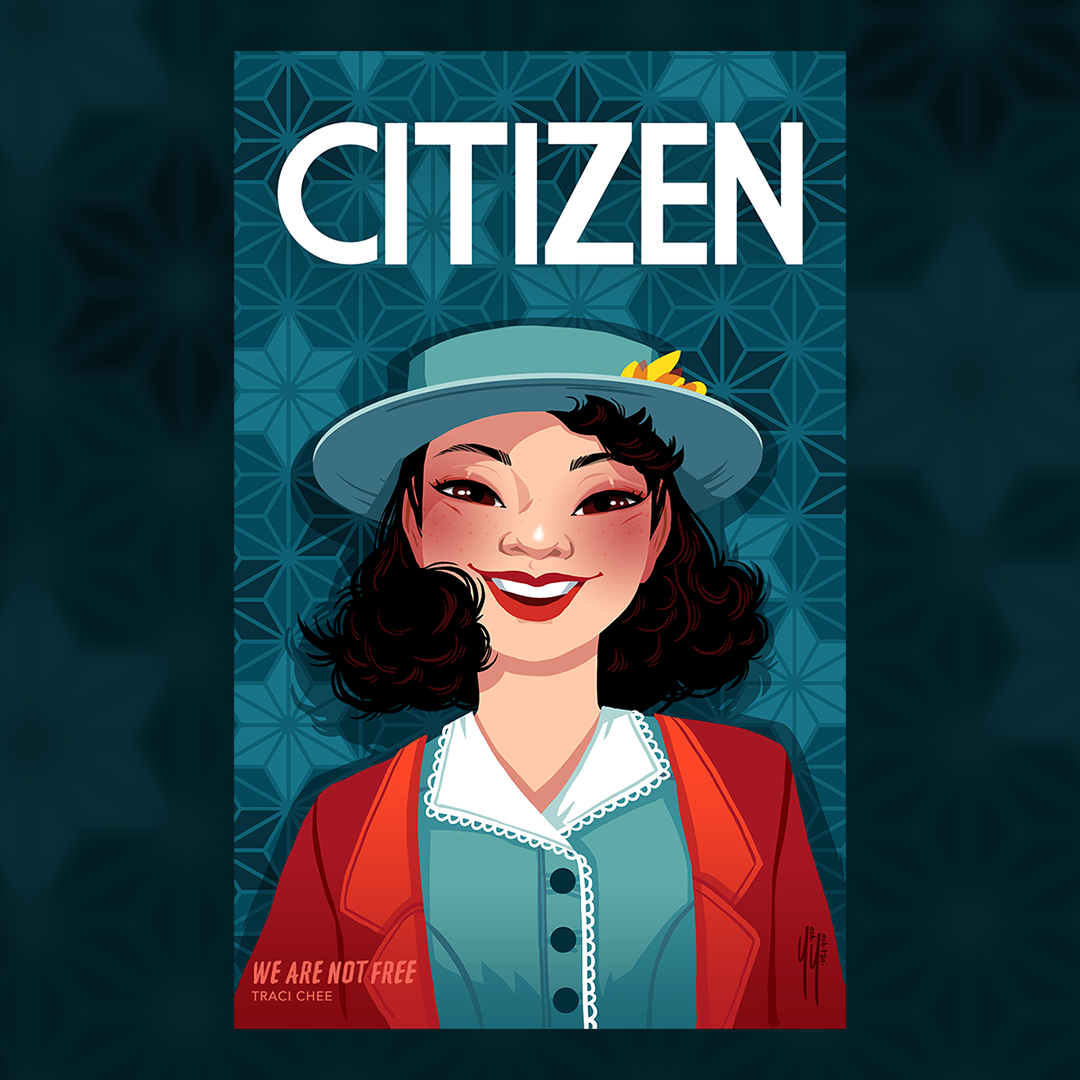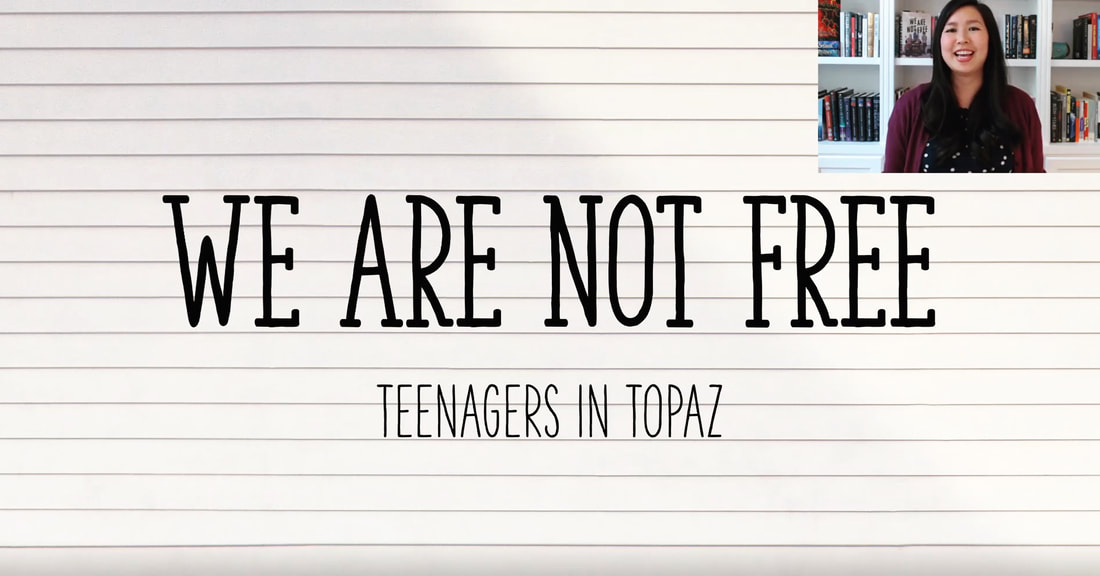|
We Are Not Free (pre-order here!) is in today's issue of Shelf Awareness' YA Maximum Shelf! In this incredible write-up, Terry Hong of the Smithsonian Asian Pacific American Center's Book Dragon blog calls We Are Not Free:
Plus, you can find an interview with me, in which Terry and I talk about the magic of actual lived experiences, how much of my family history is in these pages, and questions about audience and translation. Thank you to Shelf Awareness, YA Maximum Shelf, and Terry Hong for the spotlight! In 1942, amid a sharp spike in anti-Japanese racism, the US gov enacted a series of prejudicial policies forcing over 100,000 Japanese Americans from their homes. As we near the launch of #WeAreNotFree, I'd like to share some of what happened to my family & thousands of others.
* Anti-Japanese sentiment was thriving in the United States long before World War II. For years, the law had prevented Japanese immigrants from being full participants in their adopted country, including becoming naturalized citizens and owning property, and they and their American-born children had long been the subjects of prejudice, harassment, and violence. After Japanese forces bombed Pearl Harbor on December 7, 1941, the discrimination only worsened. Newspapers and magazines were rife with racist propaganda. Farm organizations, which had felt threatened by Japanese successes in agriculture prior to the 1940s, lobbied politicians to pass legislation limiting the freedoms of Japanese Americans. Under the guise of national security, more and more restrictions were forced upon people of Japanese ancestry, including curfews, travel bans, and confiscations of property. Despite the fact that the Japanese American community had displayed no evidence of disloyalty to the US, they became almost universally suspected of espionage and sabotage against the country they called home. Then, on February 19, 1942, President Franklin D. Roosevelt passed Executive Order 9066, which, citing military necessity, paved the way for the mass removal of people of Japanese descent from the west coast. In spring of that year, exclusion orders mandating the immediate eviction of Japanese Americans were posted in neighborhoods throughout California, and parts of Arizona, Oregon, and Washington. Some people were given less than a week to store, sell, or give away their belongings, from heirlooms to appliances to family pets. Allowed to bring only what they could carry, most people packed their lives into two suitcases before being shipped by bus and train to temporary detention centers, from which they would later be moved farther inland to more permanent incarceration camps in the American interior. By May 1942, five months after Pearl Harbor, more than 100,000 people of Japanese ancestry, most of them American citizens by birth, had been forced to leave their homes, sent, without ever being charged of any crime, to lives behind armed guards and barbed wire. * Pre-order your copy here or add it on Goodreads! Illustration by Yoshi Yoshitani. I’m giving a talk with Tadaima! A Virtual Community Pilgrimage next week! Spanning nine weeks and having hundreds of signups already, this virtual pilgrimage endeavors to provide educational and community-building opportunities for descendants of the camps, the Japanese American community, and the wider public. Registration is totally free—just visit the Japanese American Memorial Pilgrimages website and tune in next week for a fun half hour of history and family stories. 🌸
|
ARCHIVES
February 2024
CATEGORIES |




 RSS Feed
RSS Feed